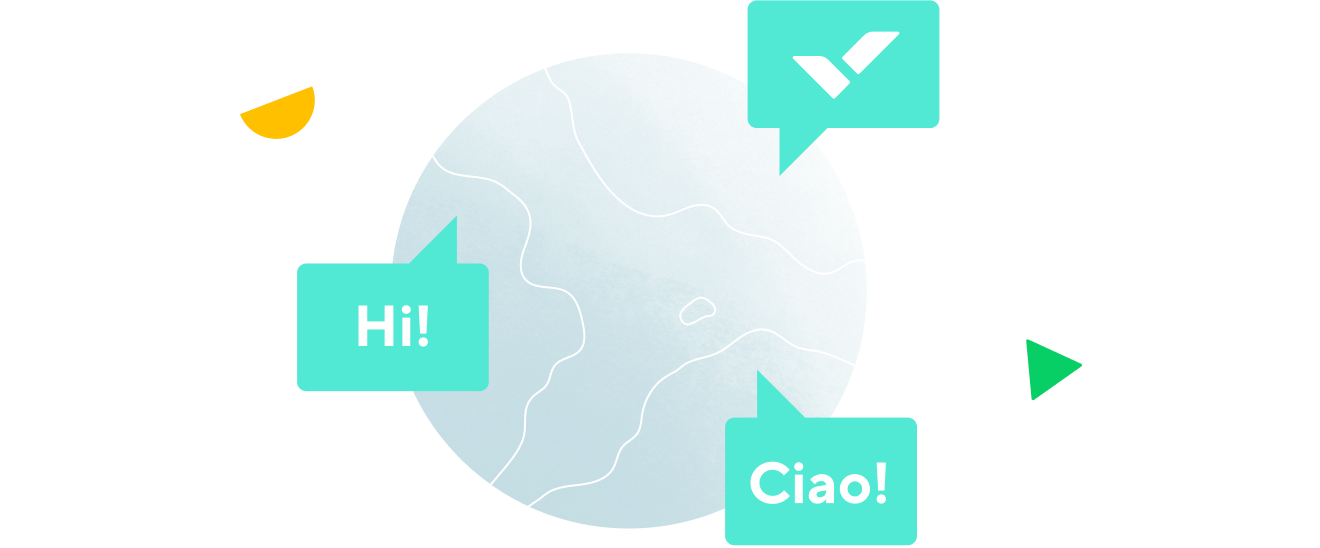プロジェクトマネージメントのフレームワークとは何でしょうか?
FAQ | プロジェクトマネジメントガイド
メニュー
プロジェクトマネージメントのフレームワークとは何でしょうか?
プロジェクトマネージメントのフレームワークは、プロジェクト開始から完了に導くプロセス、タスク、ツールで構成されており、プロジェクトのプラニング、管理および運営に必要な主な要素をすべて含んでいます。
プロジェクトマネージメントのフレームワークは3つの部分に分けられます。
プロジェクトのライフサイクル:プロジェクトの開始から完了までのサイクルで、5つのフェーズで構成されます。
- 開始
- 計画
- 実行
- 監視と管理
- 完了
プロジェクトの管理サイクル:管理サイクルはプロジェクトを監視し管理するプロセスです。
ツールとテンプレート:プロジェクトプラン、プロジェクト管理レポートおよびリスクログは、プロジェクトマネージメントに使用する一般的なツールおよびテンプレートです。
プロジェクトマネージメントの6つのフレームワーク
プロジェクトマネージメントのフレームワークは多数存在します。
以下に最も一般的な6つのフレームワークをご紹介します。
- PRINCE2:事前のプラニングに重点を置き、高度に構成されています。
- CCPM(クリティカルチェーンプロジェクトマネージメント):プロジェクト全体のリソース配分に重点を置いています。
- Lean(リーン):無駄な作業とリソース浪費を最小限に抑えることに重点を置き、プロセス改善のテクニックが統合されています。
- XPM(エクストリームプロジェクトマネージメント):XPMは急速に変化する環境における複雑なプロジェクト用に設計されました。プランやスケジュールが急速に変化する中で、ステークホルダーの管理に重点を置いています。
- スクラム:このフレームワークもまた、急速に変化する業界用に設計されました。このフレームワークでは、プロジェクトを2週間から4週間のスプリントに分割します。
- ウォーターフォール:プロジェクトマネージメントに利用されている従来のフレームワークの1つです。プロジェクトの開始からから完了までを計画し、1つのプロジェクトが完了するまで次のプロジェクトを開始しません。
プロジェクトマネージメントのフレームワークの選び方
1つのフレームワークがすべてのプロジェクトに使用できるわけではありません。そのために長年に渡って多くのフレームワークが構築されてきました。担当するプロジェクトに適したフレームワークを選ぶ際は以下を考慮してください。
- 貴社が属する業界、テクノロジー、製品が急速に変化している場合は、XPMやスクラムなどの適合性のあるフレームワークをお勧めします。
- プロジェクトの成果物が明確に定義されず、無形のものである場合(ソフトウェアなど)、スプリントアプローチ(スクラムなど)が適していると思われます。
- プロジェクトが明確に定義され安定している場合は、プロジェクト全体を計画することによりリスクが軽減します。このような場合はPRINCE2やウォーターフォールなどが適しています。
- 貴組織やステークホルダーが熟知しているフレームワークを選択することもできます。XPMプロジェクトの経験がない組織でXPMを使用することは困難が伴います。
- ステークホルダーが何を優先するかがフレームワークの選択に影響します。浪費が大きな問題であれば、リーンフレームワークが適しているかもしれません。
- フレームワークは柔軟に設計されており、プロジェクトのニーズに適合できます。プロジェクトの環境変化に合わせて、様々なフレームワークを部分的に使用することも可能です。

障害を取り除き、明確性を見出し、ゴールを超えていく
最も強力な作業管理ソフトウェアを手元に、全てのことを実現



